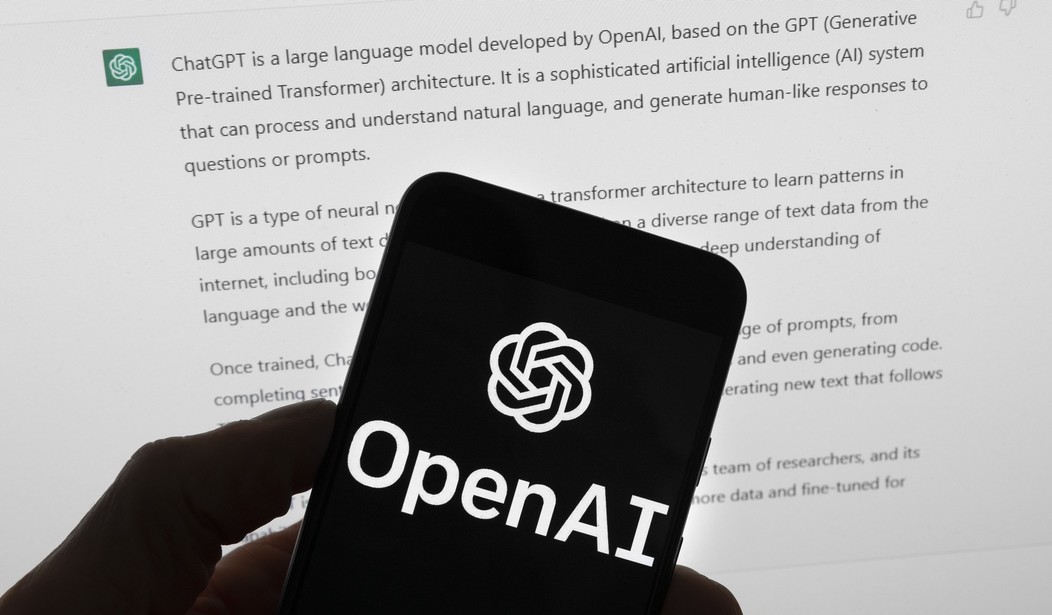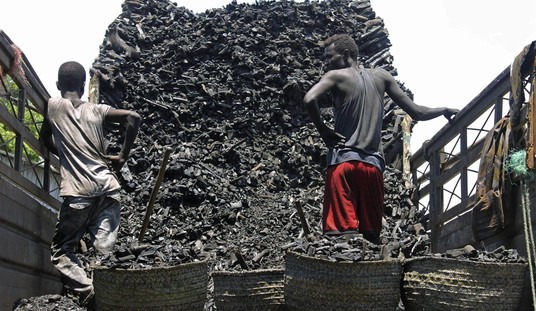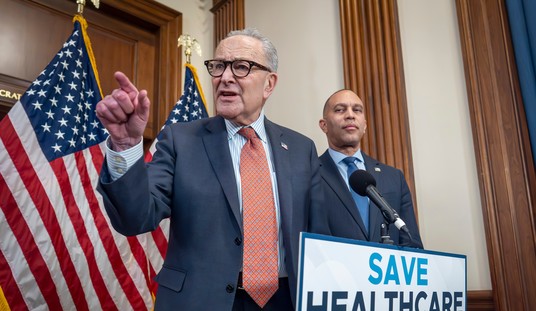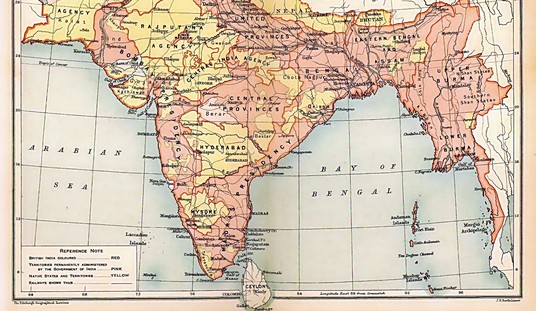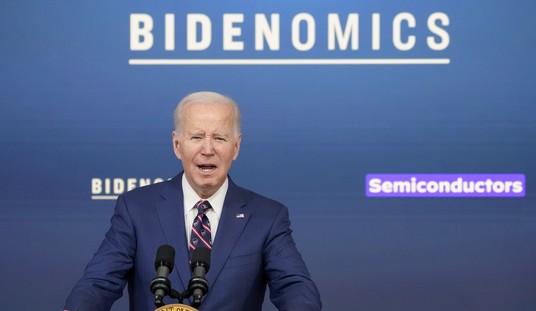"How do we know when irrational exuberance has unduly escalated asset values?" asked Federal Reserve Chairman Alan Greenspan on December 5, 1996. Greenspan, speaking at the American Enterprise Institute, was referring to the speculation frenzy that had gripped Wall Street over the previous months. New companies with little or no track record (or even product) were having their shares snapped up by eager investors hoping they were investing in the next Microsoft or Apple.
It was the "dot-com bubble," and Greenspan saw catastrophe around the corner. His goal wasn't to crash the stock market; it was to temper expectations. This he did a little too well. In Japan, the Nikkei index dropped 3.2%; in Hong Kong, the Hang Seng dropped 2.9%; and in Germany, the DAX dropped 4%.
In the United States, the Dow Jones Industrial Average was down 2.3%. The shakeout of vastly overvalued companies was brutal. WebVan, an internet grocer, burned through over $800 million before shutting down. The dot-com crash wiped out more than $5 trillion in market value from the NASDAQ overall, with many established companies losing over 80% of their value and countless startups going to zero.
Amazon.com's stock price fell from a high of $107 to $7. Cisco Systems lost 80% of its value. Internet billionaires lost everything as the green eyeshade brigade began taking a much harder look at the real value of many start-ups.
Some companies recovered enough to continue. Amazon, of course, went on to much bigger and better things. Despite Greenspan's warning, however, the American economy was not keeping pace with the stock market frenzy.
This is an excerpt from Irrational Exuberance by the 2013 Nobel Prize winner in economics, Robert J. Shiller:
An unprecedented increase just before the start of the new millennium has brought the market to this great height. The Dow Jones Industrial Average (from here on, the Dow for short) stood at around 3,600 in early 1994. By 1999, it had passed 11,000, more than tripling in five years, a total increase in stock market prices of over 200%. At the start of 2000, the Dow passed 11,700.
However, over the same period, basic economic indicators did not come close to tripling. U.S. personal income and gross domestic product rose less than 30%, and almost half of this increase was due to inflation. Corporate profits rose less than 60%, and that from a temporary recession-depressed base. Viewed in the light of these figures, the stock price increase appears unwarranted and, certainly by historical standards, unlikely to persist.
Some market analysts see the same "irrational exuberance" today with the boom in artificial intelligence (AI) companies. Almost everyone agrees that a speculative bubble is forming. What it means for the immediate future and the long-term is what keeps some investors up at night.
Wired's Brian Merchant suggests there's a perception problem that makes this particular bubble perhaps the most dangerous in history. The AI bubble is "what you might cook up in a lab," Merchant writes, "if your aim was to engineer the Platonic ideal of a tech bubble. One bubble to burst them all."
But as the bubble talk ratcheted up, I noticed few were analyzing precisely how AI is a bubble, what that really means, and what the implications are. After all, it’s not enough to say that speculation is rampant, which is clear enough, or even that there’s now 17 times as much investment in AI as there was in internet companies before the dotcom bust. Yes, we have unprecedented levels of market concentration; yes, on paper, Nvidia has been, at times, valued at almost as much as Canada’s entire economy. But it could, theoretically, still be the case that the world decides AI is worth all that investment.
Stocks aren't just overvalued. "Risky debt is normally low-rated corporate or emerging-market bonds. Both tend to trade at a much higher rate because there is a higher risk of default or future volatility," writes Allison Schrager, a Manhattan Institute Fellow and columnist for Bloomberg.
"And yet spreads on risky corporate debt are low by historic standards," she warns.
The upshot is that either the bonds aren't very risky or markets are underpricing risk. "That second scenario never ends well," writes Schrager.
A big reason that spreads are so low is the same reason that the price of gold went up: There is a lot of demand and a limited supply. As long as that is true, the price of risk will continue not to make sense, encouraging even more leverage.
This can go on for a while — but not forever. One day the demand for risky bonds will fall, perhaps because dollar-denominated assets become less attractive, or a wave of bankruptcies scares investors. And then things will get pretty gnarly pretty fast.
Merchant writes, "If uncertainty is the foundational element to a tech bubble, alarm bells are already ringing for AI."
Economist Brent Goldfarb, who wrote Bubbles and Crashes: The Boom and Bust of Technological Innovation, told Merchant that “what has happened in the last few months is that we've realized there is a jagged frontier, and some of the earliest claims about the effectiveness of AI have been mixed or not as great as initially claimed.” That kind of uncertainty creates volatility, which in turn creates doubt, then fear, then panic.
Major tech firms are projected to spend around $1 trillion on capital expenditures to support the AI boom in the coming years. That's a huge bet on a technology with enormous promise and potential, but few actual achievements.



